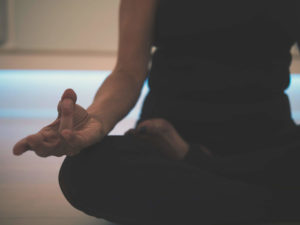It is not unusual for people to bring emotional baggage with them to work. Sometimes that baggage can be light and positive while at other times it can be burdensome and anxious-producing.
Anxiety at work can affect our ability to focus and drive.
Even if the issue is not related to work, we tend to be more focused on the problem than our work-related tasks when we are anxious about it. This can lead to huge delays and decreases in quality.
You can manage anxiety by creating a mantra such as “There’s an important job to do.” Repeat the mantra whenever you feel anxious. To clear your mind, you might write the anxious thought down and then get on with the task. Talk to your loved ones after work to address anxiety and take steps to control the situation.
Anxiety at work can lead to more irritation.
It is possible to be more inclined to yell at coworkers or snap back at someone who makes us feel uncomfortable. We are less likely to stay focused on work if we allow the opinions of others to bother us.
Mindfulness practices can help you manage anxiety. Slowly take a deep, slow breath. Before responding, count to ten. Remember that you only have control over your responses to other people’s behavior. While we cannot force others to change their behavior, we can ensure that we stay calm and focused even in difficult times.
Daily gratitude and mindfulness are important.
Always start with gratitude. Being grateful is an easy way to be happy and it is infectious.
I don’t wait until stressful days to remind me to be grateful for the small and large blessings in my life. Instead, I do gratitude and mindfulness exercises every day.
These few minutes inspire resilience and positivity, and help me to feel calm and collected even in the midst of storms. Before I go to bed, I listen to peaceful music or meditate before going to sleep. If I get up in the middle of the night, and I can’t fall asleep, I use a mindfulness application to assist me.
These tips will help you practice mindfulness and gratitude.
Start a gratitude journal. It is easy to create a gratitude journal. You can use a Word document on your smartphone or jot down a note. Some prefer to use a pen, a journal, or a diary. You can commit to finding three things every day for which you are grateful. This could be as simple as “My coffee was great!” or “I didn’t run into any red lights on my way to work today.” Perhaps you are grateful for a loving gesture or a thorough checkup at the doctor.
You’ll notice a shift of mindset when you start to look for things you are grateful for. You’ll notice a shift in your outlook when you start to see the good in life. Positive thinking breeds positivity.







